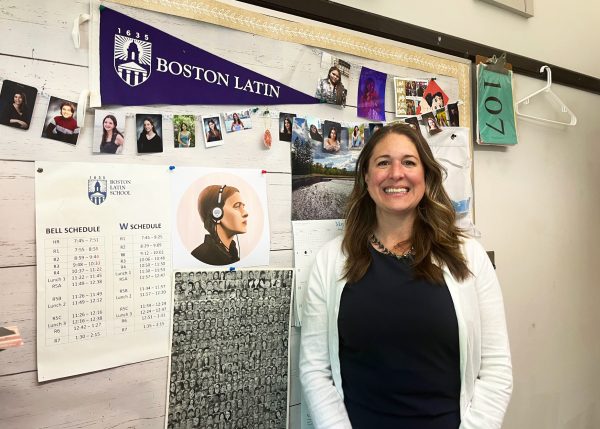A Word to Study for the SAT: Digitization
Earlier this year, the College Board announced that the SAT will fully transition to a digital format by 2024.
Many of the new changes to the SAT digital format, which include shorter reading and writing passages, prioritize reducing the test time so that the exam can accurately measure a student’s knowledge rather than their speed. As a result of these changes, the test time has been reduced from three to two hours.
The implementation of multi-stage adaptive testing (MST) is a large factor in this time reduction. Each section of the SAT is split into two modules. The MST uses the student’s performance on the first module to produce problems for the second module. This ensures higher accuracy and efficiency.
Some aspects of the SAT, however, will stay the same. The scoring system, for instance, will continue to be out of 1600 points (800 for Evidence-Based Reading and Writing, 800 for Math). Testing will also remain available to students in-person at designated testing sites.
Because the new test will only be delivered digitally, the College Board is working to address the inequities in access to technology. Students without a personal or school-issued device will be provided one on testing day by the College Board.
Kevin Wang (IV) agrees that this is a beneficial change, saying, “It’s more accessible to everybody. It’s easier to understand and navigate and it’s not going to take as long.”
Despite these potential benefits, some have expressed concerns caused by online testing. Sam Chen (II) says, “When you take an online test, there can be eyestrain, which can harm your ability to actually take the test.”
Some students have also expressed concerns that digital testing will make the SAT more susceptible to cheating. The College Board, however, has strengthened testing security by giving each student a unique test, greatly reducing the probability that test forms will be leaked or shared. Although the test is conducted digitally, it will still be proctored at a school or testing center, so no student will be able to use an electronic device to research answers.
While in-person proctors will still oversee the exam, the administration of the test will be much simpler because the digital aspect of the SAT eliminates the need for distributing physical test booklets to various testing sites.
In November 2021, the College Board conducted a global pilot test, where juniors signed up to participate in a mock SAT. The feedback was overwhelmingly favorable: 100 percent of educators reported a positive experience and 80 percent of students said that they found it to be less stressful.
Ms. Clougherty, the program director for Guidance, concludes, “I think the digital test is a positive development. The new SAT digital format will decrease testing time, which is best for most students.”







